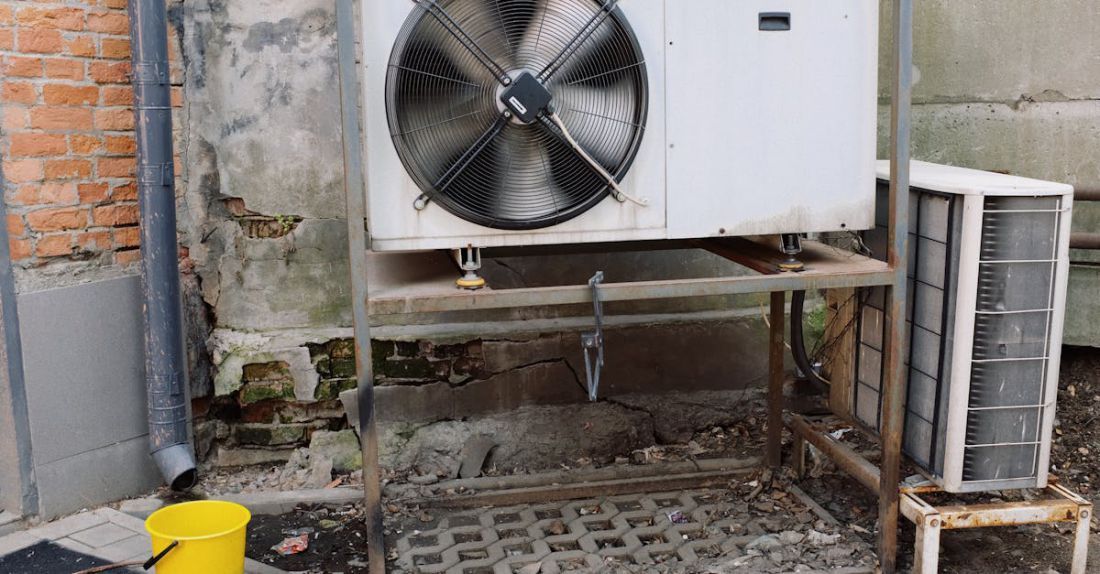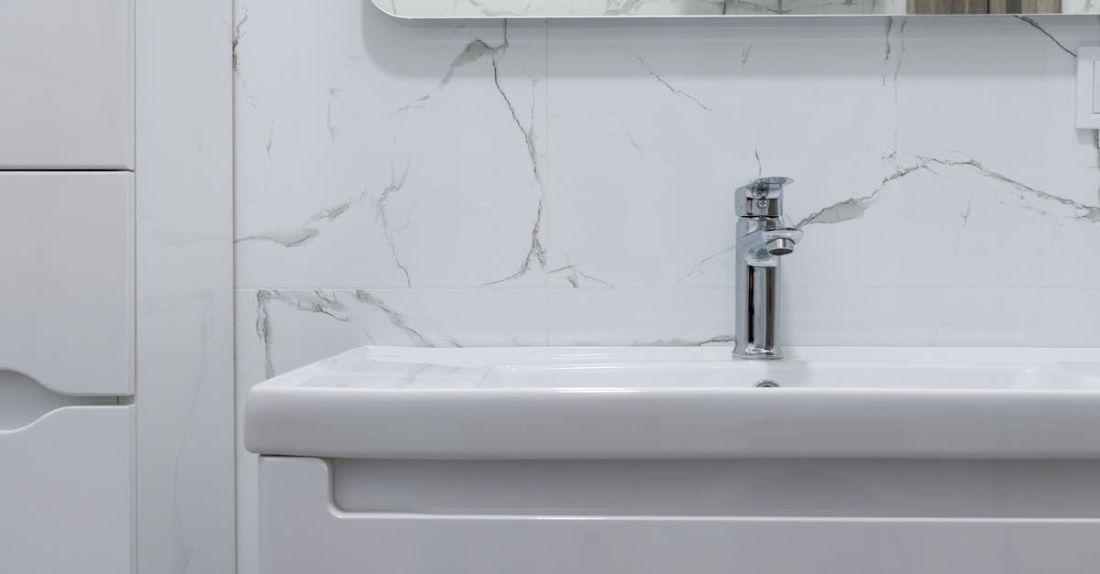
As society becomes increasingly aware of the importance of sustainability and environmental conservation, the demand for energy-efficient HVAC systems continues to rise. Innovations in this field have been making significant strides in recent years, offering solutions that not only reduce energy consumption but also lower utility costs and minimize the carbon footprint of buildings. Let’s delve into some of the latest advancements in energy-efficient HVAC systems that are revolutionizing the way we heat and cool our indoor spaces.
Smart Thermostats: Revolutionizing Temperature Control
One of the most notable innovations in energy-efficient HVAC systems is the widespread adoption of smart thermostats. These devices have revolutionized temperature control by allowing users to program heating and cooling settings based on their schedules and preferences. Smart thermostats learn user behavior over time and adjust settings to optimize energy usage, leading to significant cost savings. Additionally, these devices can be controlled remotely via smartphone apps, enabling users to adjust temperatures even when they are away from home. By providing real-time data on energy consumption, smart thermostats empower users to make informed decisions that promote energy efficiency.
Variable Refrigerant Flow (VRF) Systems: Enhancing Comfort and Efficiency
Another groundbreaking innovation in energy-efficient HVAC systems is the implementation of Variable Refrigerant Flow (VRF) technology. VRF systems use advanced controls to vary the flow of refrigerant based on the heating and cooling needs of different zones within a building. This precise control allows for individual temperature settings in each area, maximizing comfort while minimizing energy waste. VRF systems are highly efficient, as they can adjust capacity based on demand, reducing energy consumption during times of lower occupancy. Additionally, VRF systems offer quiet operation and enable simultaneous heating and cooling in different zones, making them a versatile and eco-friendly choice for commercial and residential buildings.
Heat Recovery Ventilation: Optimizing Indoor Air Quality
Heat recovery ventilation (HRV) systems are another innovative solution that is gaining popularity in energy-efficient HVAC design. HRV systems use heat exchangers to transfer heat from outgoing air to incoming fresh air, pre-conditioning the supply air and reducing the workload on heating and cooling systems. By recovering energy that would otherwise be wasted, HRV systems help maintain a constant indoor temperature while improving indoor air quality. These systems are especially beneficial in tightly sealed buildings where natural ventilation is limited, as they ensure a continuous supply of fresh air without compromising energy efficiency.
Solar-Powered HVAC Systems: Harnessing Renewable Energy
The integration of solar power into HVAC systems represents a significant step towards achieving energy independence and sustainability. Solar-powered HVAC systems use photovoltaic panels to generate electricity, which can be used to power heating, cooling, and ventilation equipment. By harnessing renewable energy from the sun, these systems reduce reliance on traditional power sources and lower operating costs over time. In addition to providing eco-friendly heating and cooling solutions, solar-powered HVAC systems contribute to the overall reduction of greenhouse gas emissions, making them a viable option for environmentally conscious consumers.
Advanced Controls and Automation: Streamlining Operations
Advancements in control systems and automation technology have played a crucial role in enhancing the efficiency of HVAC systems. By integrating sensors, actuators, and intelligent algorithms, building automation systems can optimize energy usage by adjusting settings in real time based on occupancy levels, outdoor conditions, and internal loads. These smart controls enable proactive maintenance, remote monitoring, and predictive analytics, allowing building owners to identify and address potential issues before they escalate. By streamlining operations and improving system performance, advanced controls and automation contribute to energy savings and overall sustainability.
Innovating for a Greener Future: Embracing Sustainable HVAC Solutions
As the demand for energy-efficient HVAC systems continues to grow, the industry is witnessing a surge in innovative technologies that prioritize sustainability and eco-friendliness. From smart thermostats and VRF systems to heat recovery ventilation and solar-powered solutions, these advancements are reshaping the way we heat and cool our indoor spaces. By embracing these innovations and investing in sustainable HVAC solutions, building owners can not only reduce energy consumption and utility costs but also contribute to a greener future for generations to come. Let’s harness the power of technology to create a more sustainable built environment and pave the way towards a cleaner, healthier planet.





